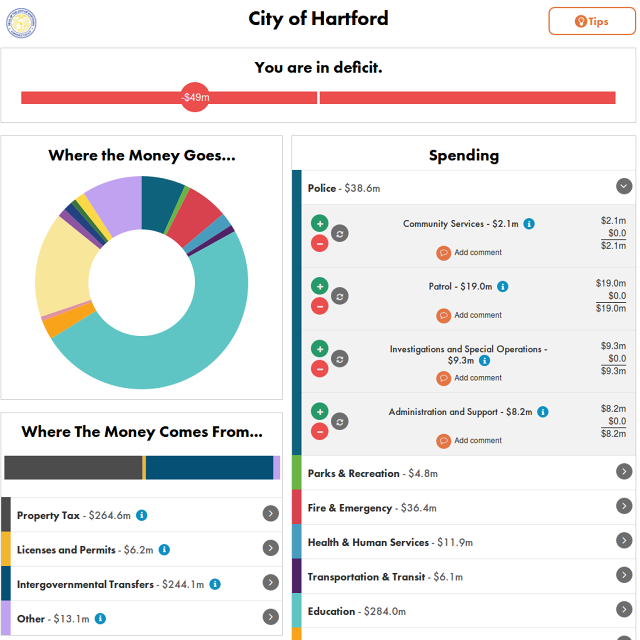Jonathan Gray at Open Knowledge: “What will the “data revolution” do? What will it be about? What will it count? What kinds of risks and harms might it bring? Whom and what will it serve? And who will get to decide?
Today we are launching a new discussion paper on “Democratising the Data Revolution”, which is intended to advance thinking and action around civil society engagement with the data revolution. It looks beyond the disclosure of existing information, towards more ambitious and substantive forms of democratic engagement with data infrastructures.1
It concludes with a series of questions about what practical steps institutions and civil society organisations might take to change what is measured and how, and how these measurements are put to work.
You can download the full PDF report here, or continue to read on in this blog post.
What Counts?
How might civil society actors shape the data revolution? In particular, how might they go beyond the question of what data is disclosed towards looking at what is measured in the first place? To kickstart discussion around this topic, we will look at three kinds of intervention: changing existing forms of measurement, advocating new forms of measurement and undertaking new forms of measurement.
Changing Existing Forms of Measurement
Rather than just focusing on the transparency, disclosure and openness of public information, civil society groups can argue for changing what is measured with existing data infrastructures. One example of this is recent campaigning around company ownership in the UK. Advocacy groups wanted to unpick networks of corporate ownership and control in order to support their campaigning and investigations around tax avoidance, tax evasion and illicit financial flows.
While the UK company register recorded information about “nominal ownership”, it did not include information about so-called “beneficial ownership”, or who ultimately benefits from the ownership and control of companies. Campaigners undertook an extensive programme of activities to advocate for changes and extensions to existing data infrastructures – including via legislation, software systems, and administrative protocols.2
Advocating New Forms of Measurement
As well as changing or recalibrating existing forms of measurement, campaigners and civil society organisations can make the case for the measurement of things which were not previously measured. For example, over the past several decades social and political campaigning has resulted in new indicators about many different issues – such as gender inequality, health, work, disability, pollution or education.3 In such cases activists aimed to establish a given indicator as important and relevant for public institutions, decision makers, and broader publics – in order to, for example, inform policy development or resource allocation.
Undertaking New Forms of Measurement
Historically, many civil society organisations and advocacy groups have collected their own data to make the case for action on issues that they work on – from human rights abuses to endangered species….(More)”

